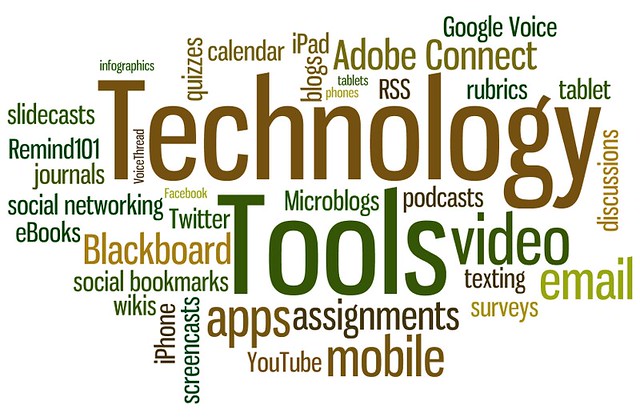 The growth of distance education has necessitated strong evidence of quality for institutions of higher education, and numerous standards and principles of quality have been developed, such as Quality Matters™ (Quality Matters). These systems are often considered only at the course level to guide design and improve student outcomes, but they can also help to pull the institution together and galvanize advancement in online development. Adopting online quality standards can be a complex process that requires changes to institutional culture. This article describes how the use of the Community of Practice (CoP) framework engaged a campus-wide network of individuals in adoption of the Quality Matters training, rubric, and review process to advance distance education support and online course development. Using Social Network Analysis, researchers were able to identify the strengths and weakness of the CoP during the early adoption phase of Quality Matters to quantitatively measure the connections among members of the community. View article »
The growth of distance education has necessitated strong evidence of quality for institutions of higher education, and numerous standards and principles of quality have been developed, such as Quality Matters™ (Quality Matters). These systems are often considered only at the course level to guide design and improve student outcomes, but they can also help to pull the institution together and galvanize advancement in online development. Adopting online quality standards can be a complex process that requires changes to institutional culture. This article describes how the use of the Community of Practice (CoP) framework engaged a campus-wide network of individuals in adoption of the Quality Matters training, rubric, and review process to advance distance education support and online course development. Using Social Network Analysis, researchers were able to identify the strengths and weakness of the CoP during the early adoption phase of Quality Matters to quantitatively measure the connections among members of the community. View article »
Citation
Cowan, J., Richter, S., Miller, T., Rhode, J., Click, A., & Underwood, J. (2017). Building a sustainable Quality MattersTM community of practice through social network analysis. The American Journal of Distance Education, 31(3), 160-172. https://doi.org/10.1080/08923647.2017.1316154



